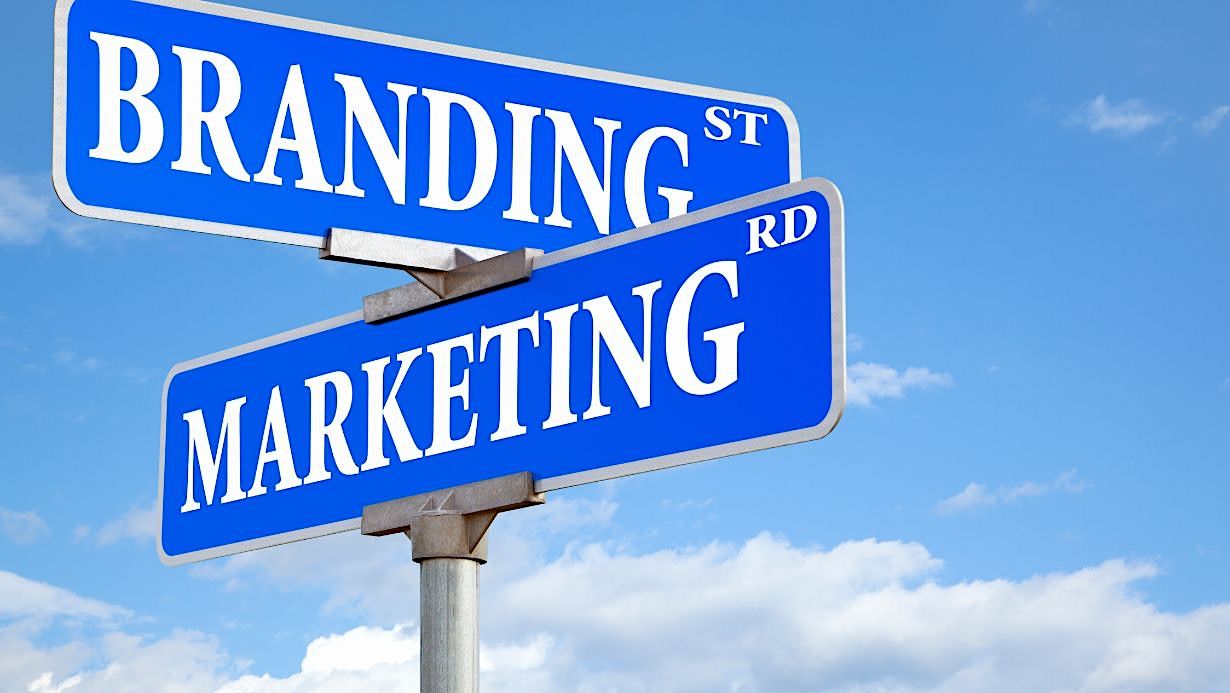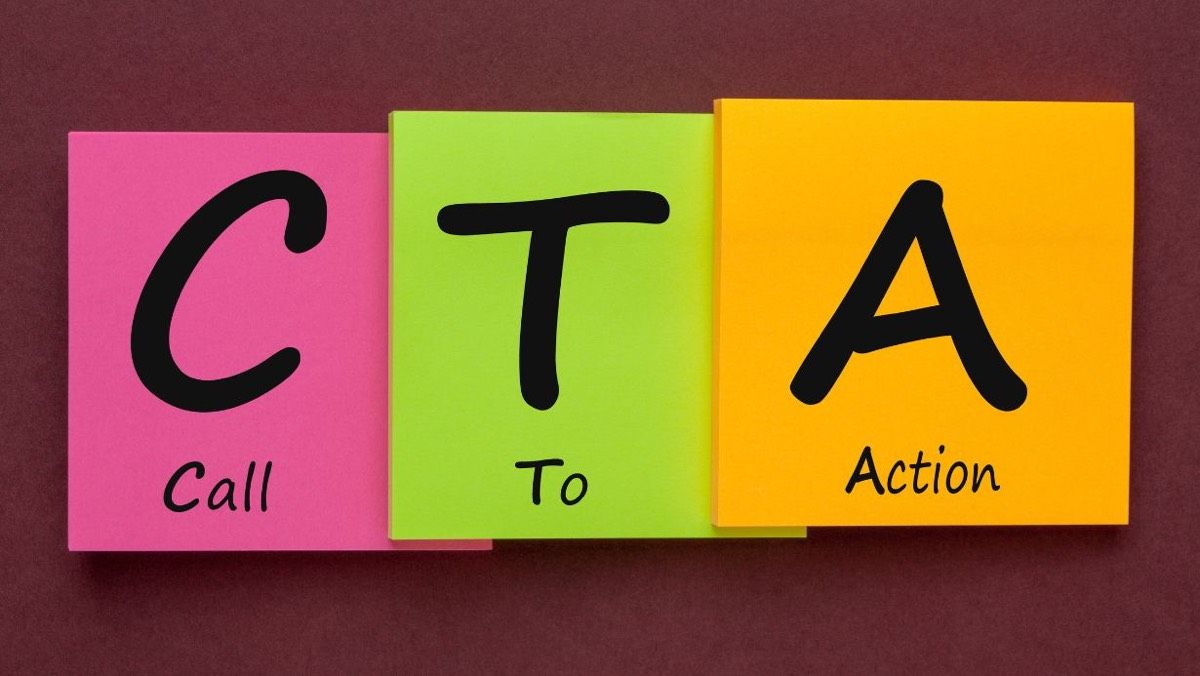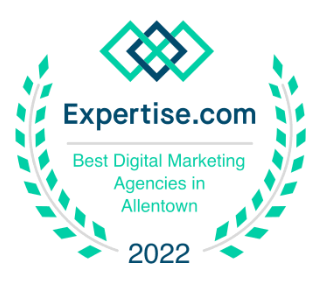Get the Most from Your Web Marketing Efforts
This is article is one in a series of posts on Web Marketing and Social Media Marketing topics for small businesses in Reading, PA and the surrounding areas of Philadelphia, Lancaster, Allentown, Harrisburg, and York, Pennsylvania. This post focuses on Web Marketing. Stay tuned for a similar post on Social Media Marketing.
The Struggle to Define and Execute a Web Marketing Strategy
Many small business owners struggle with the daunting task of defining and executing a Web Marketing and Social Media Marketing strategy. For some this task is so intimidating as to make it difficult to get started on what can be a very rewarding and lucrative process. If you are a small business owner who is struggling to get your ducks in a row in this area, then read on – this is for you.
Social Media Marketing and Web Marketing Defined
There are so many options available that the sheer number of choices can lead to a mental paralysis as you consider which options to take and in what order. Therefore, it helps to first categorize your options, and then to select and prioritize your efforts within those categories.
Broadly speaking, the process of reaching out to and acquiring prospects, leads, and customers online can be separated into 2 main categories, Web Marketing , and Social Media Marketing. Think of Web Marketing as being similar to traditional forms of direct marketing and advertising, except that it is done online. For the sake of creating a mental picture, let’s place Web Marketing on the left side of the page. Then on the right, think of Social Media Marketing as a much more subtle form of marketing, similar to a cocktail party at which we exchange ideas, offer free advice, and, when asked, tell people about our company (but only when asked). With those two simplified views of Web (direct) Marketing vs. Social Media (subtle) Marketing in mind, let’s go a little deeper. Again, this post focuses on Web Marketing, which is where I suggest you begin your online marketing efforts.
Web Marketing Options
Web Marketing is similar to other forms of direct marketing in the sense that we are making a clear offer intended to achieve an obvious result. We are reaching out with a presentation of the benefits of our products or services in an attempt to persuade a customer, lead, or prospect to purchase now or to consider making a future purchase.
Key examples of Web Marketing include :
Email marketing
:
Sending offers to prospects, leads, and customers by email. This implies that you have or can obtain a list of email addresses, preferably by people who have opted in to receive emails from your business. In terms of an email marketing strategy, your goals should include:
- C reating attractive subject lines for your email message. These should be persuasive but not over the top, lest they tagged by spam filters and never reach the intended recipient.
- Creating attractive email content. The body of the email should contain a clear and brief message, an attractive graphic, and a clear and persuasive call to action (Buy Now and Save).
- Creating specialized landing pages on your website specifically tailored to the email message. For example, if your email is designed to persuade your customer to purchase product x, then, for example, when your prospect, lead, or customer clicks the “Buy Now and Save” button, he or she should land on a web page that presents product x in its best light. If your standard page for product x is not compelling, then by all means create a new page just for the email, and then link that page to the standard page for product x. Your goal is to get your customer so excited about your product or service that they can’t wait to place their order. Make sure the series of experiences from the subject line to the final ordering page are as persuasive as possible.
Search Engine Marketing (SEM)
:
Paid advertising on search engines, typically using a pay-per-click (PPC) or pay-per-impression arrangement. Search engine advertising can be very effective because you are guaranteed page 1 placement as long as your bid is high enough, and your information is being shown to customers who are seeking it, meaning they are qualified leads by definition. Your web marketing goals when using search engine marketing should include:
- Identifying the geographic target to whom your paid search ads will appear
- Identifying the search terms your potentials customers are likely to use in searching for your product or service
- Setting a daily spend limit and the maximum price you are willing to bid on your search terms
- Obtaining a Google Adwords account , and possibly similar accounts with other search engines such as Bing. Unless you have a very large budget or are using an agency, the process of setting up these accounts is of the self-service variety, but the online videos provided by Google and others make it a relatively easy learning experience, so don’t be intimidated.
Search Engine Optimization (SEO):
The process of optimizing the content on your Website, blog, and other online media to make it attractive to search engines so that your offering appears on page 1 of searches for your targeted keywords without having to pay SEM fees. These “free” search engine listings are referred to as organic or natural search listings. Of the three main categories of Web Marketing (email, SEO, and SEM), SEO is easily the most time consuming, and, therefore, often the most costly. It is an ongoing battle fought against your competitors who are smart enough to be doing the same. Your goals here overlap somewhat with SEM, and include:
- identifying the search term s to target for achieving natural page 1 search results (anything after page one is virtually non-existent to most searchers, who do not bother to look beyond page 1)
- Writing compelling content while following the guidelines of effective writing known to help achieve SEO results. This topic is too involved to go into detail here, and most companies will require the help of an SEO expert to achieve satisfactory results, unless they are in such a small niche industry as to have so few online competitors that the process becomes easy enough for an amateur to achieve page 1 results. If you are up for the challenge, there are dozens of books on this topic – just do a Google search for “SEO book”.
- Submitting your site not only to the major search engines like Google and Bing, but to dozens of online directories , including local directories, especially if most of your business comes from customers within driving distance. This should be done by hand, as most of these directories have logic built in to prevent automated sign-ups. Don’t believe the ads claiming to submit your site to hundreds of search engines for a small fee. Again, this is a manual effort, so expect to pay a few hundred dollars to manually submit your site to 50+ search engines and directories, and be sure to pre-write paragraphs or at least bullet points of information describing your business before handing off this project. Directories allow varying amounts of information and have unique structures, which again, require a manual effort to properly assign the information.
- Blogging.
While it can be argued that blogging is delving into Social Media Marketing territory, the SEO benefits of blogging are vast, and so also in the domain of Web Marketing. The easiest way to build website pages that attract search engines is to write blog posts on carefully selected keyword-related topics. Your blog should be housed within the main domain of your website (e.g., abccomany.com/blog) or a subdomain of your website (e.g., blog.abccompany.com) to ensure that the SEO credit is directly attributed to your website. In addition, the blog should be created using specialized blogging software to ensure that you obtain the SEO benefits of blogging.
Here are some important guidelines to follow when blogging:
• One key subject per blog post
• Sprinkle one targeted keyword throughout the blog, both in the title and within the post, preferably repeating the keyword sevarl times within the post.
• Make sure the closing paragraph or sentence contains the keyword.
• Make your blog post interesting so that people read it and are motivated to share it!
• Use the rules of social media marketing when writing your posts – remember the cocktail party example above. No hard sell allowed here.
Online Press Releases: Press releases written for online consumption, and submitted to press release companies who in turn will send your release to various publications and online sources according to your instructions. This is a very direct form of Web Marketing, one in which you are pushing your message not only to customers, but to news organizations in the hope of having your message multiplied throughout the online world.
There are guidelines for writing an effective online press release, which are too detailed for this discussion. However, detailed guidelines may be easily obtained by Googling “how to write online press release”. The cost to post the release generally ranges from around $70 – $360 depending on the desired reach and amount of information in your release, which may include links to your website, photographs and graphics, highlighted quotes, and even video content. There are even some free services, but expect limits on the amount of content you may submit as well as limits on the reach.
A well-written, keyword-specific press release can often generate page-1 search rankings for certain keywords, although the effect diminishes over time. Expect peak results within the first 30 days.
Suggested Web Marketing Sequence for Newbies
If after having read this you are still uncertain as to where to begin, then try this strategy:
• Step 1 – Email Marketing
If you have a substantial email list, begin with email marketing, following the guidelines above. This will force you to refine your message, and to develop landing pages optimized to your keywords. If you do not have a sizeable email list, go to the next step. However, be sure to modify your home page to include a form to capture email addresses so you can begin building a sizable list for future Web Marketing efforts.
• Step 2 – Search Engine Marketing
Begin with Google. Sign up for a Google Adwords account (do a search on Google Adwords account). Watch the videos and learn how to do keyword searches. Identify your list of keywords, then launch you paid search campaign. Take at least 15 minutes per day to study the results, then tweak your ads accordingly. This is a very satisfying form of Web Marketing because results are achieved quickly (but at a cost).
• Step 3 – Online Press Releases
Identify the next opportunity to write a press release, possibly when your next new product offering is due to be released, or a new or business location is opened, or anything with relevance to a message about your products or services. Search for information on how to write a release, then follow the instructions. If required, pay someone to write a release for you based on information you provide.
• Step 4 – Search Engine Optimization
Hire a qualified expert to help you set and execute your SEO strategy. In the long run it will pay off because you will earn your way up in the unpaid natural search listings, where most of the online action occurs. Make sure your SEO Web Marketing strategy includes blogging.
Need Help with Online Marketing? Contact Us
I hope I’ve provided you with enough information and encouragement to give Web marketing a try. If you would like further advice or assistance in developing your Web Marketing strategy, please contact us.

BERKS COUNTY OFFICE:
60 Commerce Drive
Reading, PA 19610
(484) 297-6395

LEHIGH VALLEY OFFICE:
6081 Hamilton Blvd, Suite 600
Allentown, PA 18106
(484) 838-6648
Power Marketing International, LLC
A Digital Marketing Agency for Advertising, Web Design, and SEO. Our Experts are Dedicated to Growing Your Business!














